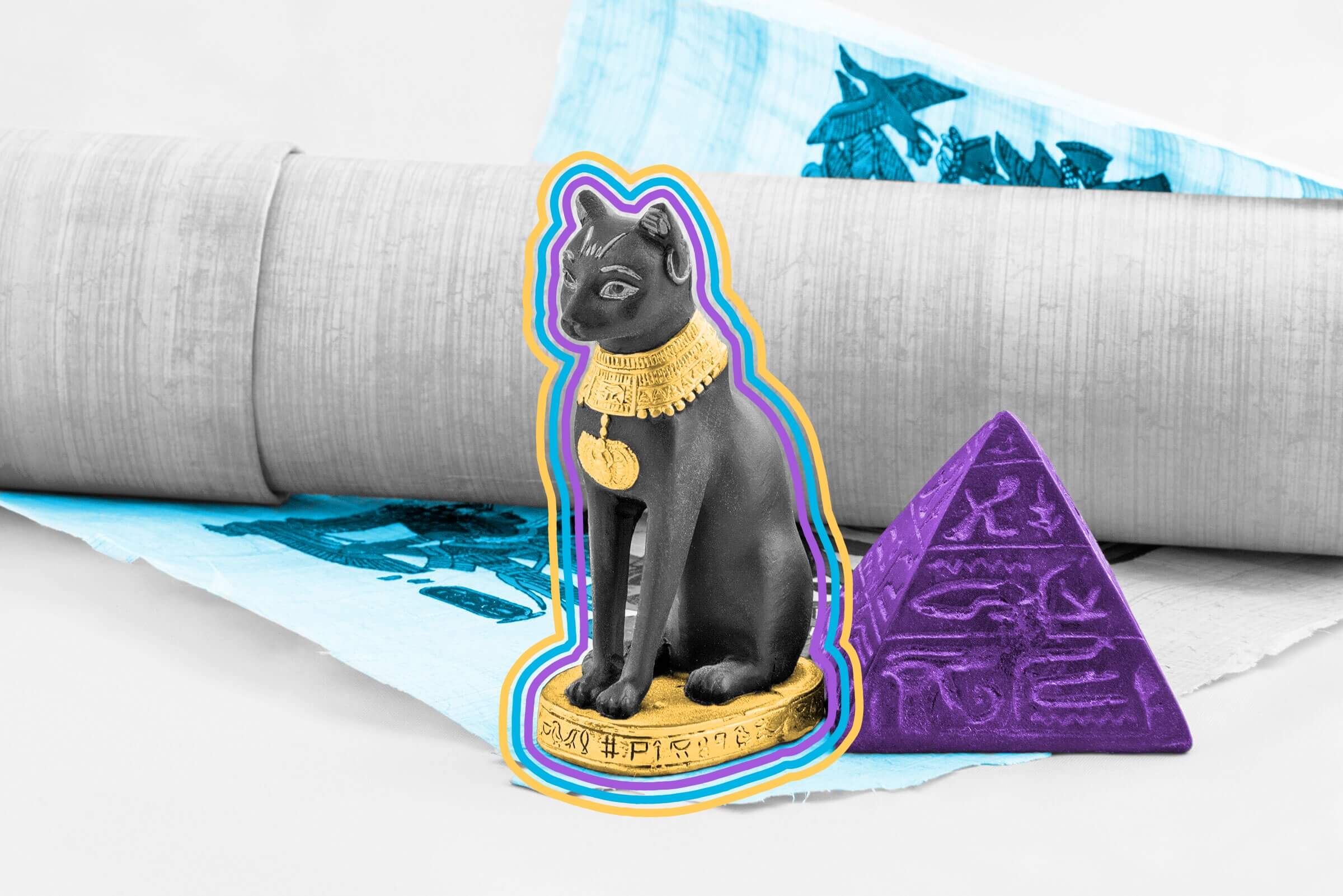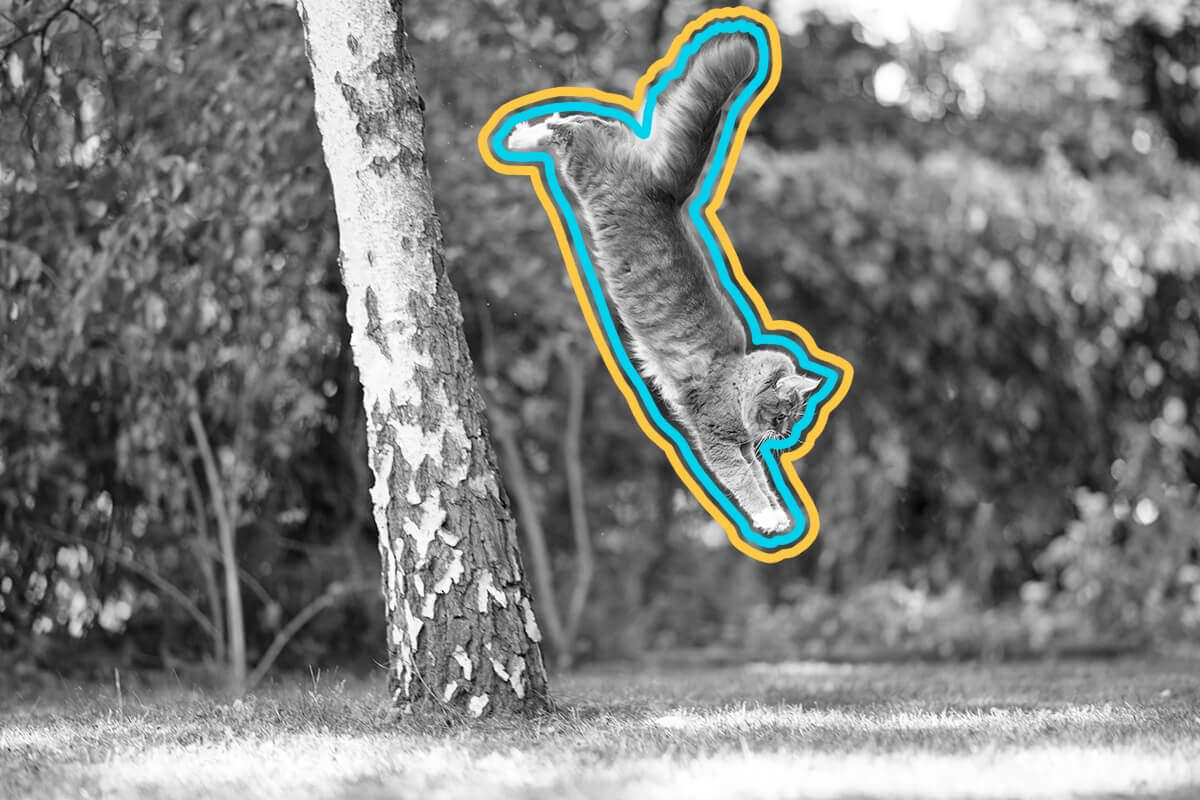
Ancient Egyptians shaved their eyebrows as a sign of mourning when their cats died.
Ancient Egyptians are often said to have worshipped cats. They didn’t — though it is accurate to say their felines were beloved and pampered, sometimes bedazzled in gold accessories, and occasionally allowed to eat directly from dinner plates at meals. Cats first made their appearance in Fertile Crescent farming communities around 8,000 years ago, and they initially earned their keep as household protectors from rodents, snakes, and scorpions. Eventually, the Egyptians grew to see cats’ protectiveness and companionship as the same traits held by their deities, particularly Bastet, a goddess often depicted as a cat or lion who was honored with temples and pilgrimages. All in all, the Egyptians bonded so well with their cat companions that they mourned their pets after death, and both cat owners and family members would publicly express their grief by shaving off their eyebrows. Some historians believe that the mourning period lasted until a new set of eyebrows grew in (which could be as long as three or four months).
The ancient Egyptians are often credited with domesticating felines, though in 2004, archaeologists found a 9,500-year-old cat buried in Cyprus — suggesting cats may have been living alongside humans earlier than previously thought. Still, Egyptians likely helped transform cats from the tiny, wild creatures they once were to the lazy furballs we now snuggle with; some historians believe the Egyptians selectively bred housecats, helping their numbers flourish and giving them the temperaments we now enjoy (or at least tolerate) today.
If the ancient Egyptian love for cats has inspired you to pamper your feline friend, you may have considered offering up a saucer of milk. However, many vets recommend steering clear of this kind of dairy indulgence, since most cats are lactose intolerant. While kittens rely on milk from their mothers, most cats wean around six weeks old, quickly losing their ability to produce lactase enzymes that help their stomachs break down the sugars in milk. That means cats can experience uncomfortable symptoms, like stomach pains, if they consume dairy, just like lactose-intolerant humans. Instead, many vets recommend just offering up clean drinking water. Though if you’re feeling particularly festive, you can crack open a bottle of non-alcoholic wine made specifically for felines.

